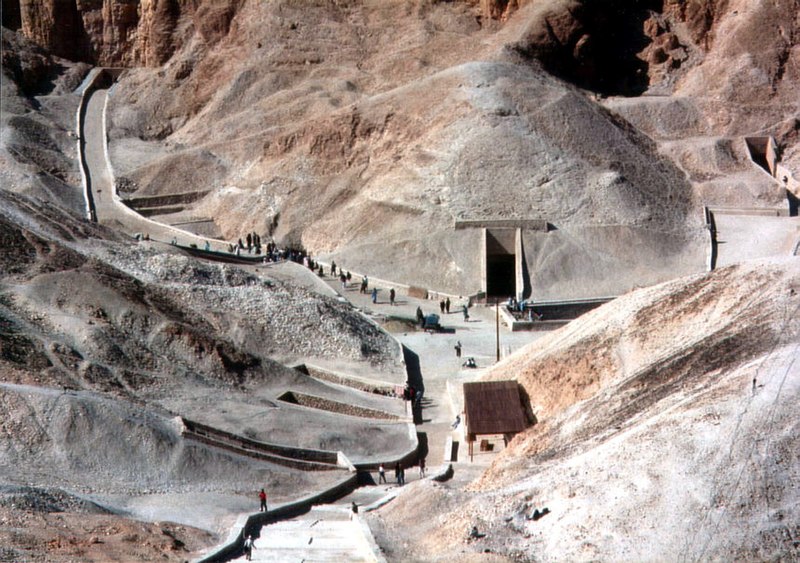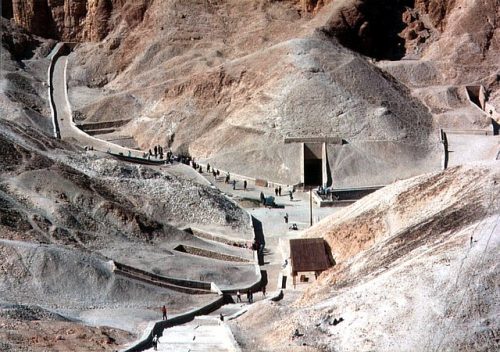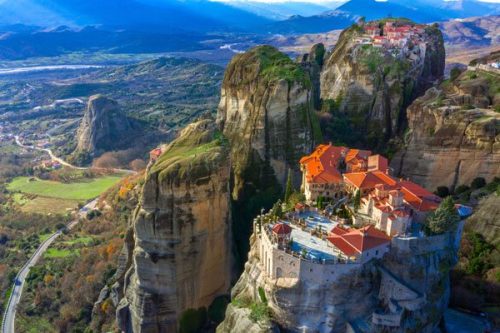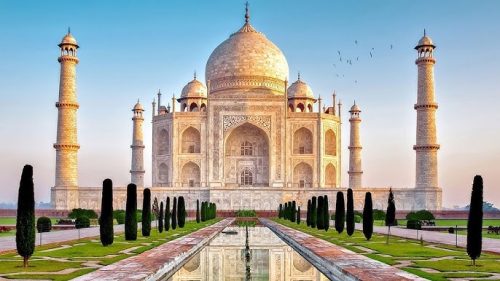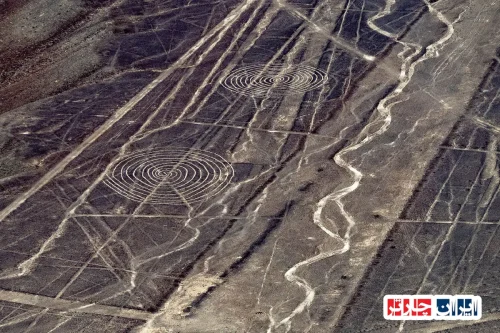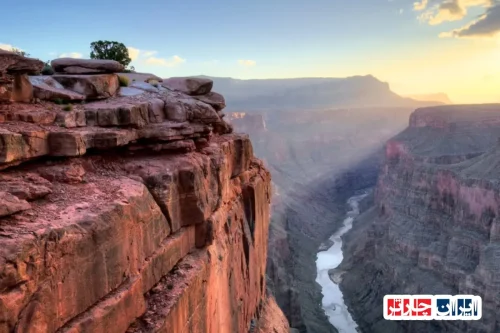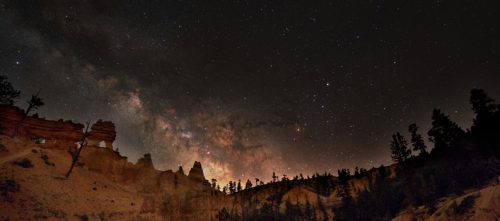Discover the Valley of the Kings in Luxor, Egypt: An Unforgettable Journey into Ancient Egyptian Tombs
Embark on an extraordinary exploration of the Valley of the Kings-Luxor Egypt, a legendary site that holds the secrets of Egypt’s most powerful pharaohs. Located near Luxor, this archaeological wonder is renowned for its richly decorated tombs, historical significance, and the mysteries that continue to fascinate historians and travelers alike. Visiting the Valley of the Kings-Iran Charter offers a unique opportunity to witness the grandeur of ancient Egypt and delve into its fascinating burial traditions. The site features a vast array of tombs, each with intricate hieroglyphics and stunning artwork that reveal insights into the religious beliefs and cultural practices of the time. As you walk through these ancient corridors, you’ll experience a connection to the past that is both awe-inspiring and educational, making your journey to the Valley of the Kings-Luxor Egypt truly unforgettable.

Discover the Rich History of the Valley of the Kings in Luxor, Egypt
The Valley of the Kings in Luxor, Egypt, stands as one of the most iconic archaeological sites in the world, offering a glimpse into the grandeur of ancient Egyptian civilization. This legendary necropolis, nestled on the west bank of the Nile, is home to the tombs of pharaohs and noblemen from the New Kingdom period. Visitors can explore intricately decorated burial chambers that reveal the artistry, religious beliefs, and cultural practices of ancient Egypt. The Valley of the Kings in Luxor, Egypt, continues to attract scholars and tourists alike, eager to uncover the secrets of Egypt’s royal past and marvel at its timeless monuments.
Historical Discoveries and Major Excavations in the Valley of the Kings
The history of the Valley of the Kings in Luxor, Egypt, is marked by groundbreaking discoveries that have reshaped our understanding of ancient Egyptian burial practices. Early explorations in the 19th century uncovered some of the most famous tombs, including that of Tutankhamun, which remains one of the most significant archaeological finds in history. Over the decades, advanced technology such as ground-penetrating radar and 3D scanning has enabled archaeologists to locate hidden chambers and decipher complex hieroglyphic texts. These excavations continue today, revealing new tombs and artifacts that deepen our knowledge of Egypt’s royal lineage and religious rituals.
Architectural Styles and Artistic Features of the Tombs in the Valley of the Kings
Evolution of Tomb Architecture in Luxor, Egypt
The architecture of the tombs in the Valley of the Kings in Luxor, Egypt, reflects a progression from simple rock-cut chambers to elaborate multi-chamber complexes. Early tombs featured straightforward designs, but later structures incorporated complex corridors, false doors, and symbolic decorations meant to protect the deceased in the afterlife. The architectural innovations demonstrate the Egyptians’ mastery of engineering and their desire to ensure eternal life for their rulers.
Iconography and Wall Paintings in the Royal Tombs
The walls of the tombs are adorned with vibrant paintings depicting gods, protective symbols, and scenes from the deceased’s journey to the afterlife. These artworks serve both religious and decorative purposes, illustrating beliefs about resurrection and divine judgment. The use of color, hieroglyphs, and detailed imagery in the tombs of the Valley of the Kings in Luxor, Egypt, exemplifies the artistic excellence of ancient Egyptian craftsmen and their spiritual devotion.
Distinctive Features Across Different Dynasties
Each dynasty left its unique mark on the architecture and decoration of tombs in the Valley of the Kings in Luxor, Egypt. For instance, the tombs of the 18th Dynasty are characterized by their elaborate hieroglyphic texts and vivid murals, while later tombs show a shift toward more subdued and symbolic designs. These differences highlight the evolving religious beliefs and artistic trends over centuries, making the site a living museum of Egypt’s royal history.
Symbolism and Hidden Messages in the Tomb Decorations of Luxor, Egypt
The tombs within the Valley of the Kings in Luxor, Egypt, contain complex symbols and inscriptions that convey spiritual messages and religious doctrines. Hieroglyphic texts often include spells, prayers, and magical formulas intended to protect the king’s soul on its journey to the afterlife. The symbols of gods like Osiris, Anubis, and Hathor are prevalent, representing resurrection, judgment, and divine authority. Deciphering these hidden messages provides valuable insights into the spiritual worldview of ancient Egypt and the significance they placed on eternal life.
Many of the inscriptions are coded with allegories and metaphors, emphasizing the divine status of the pharaohs and their connection to the gods. These secret messages, preserved in the tombs of the Valley of the Kings in Luxor, Egypt, continue to fascinate researchers and visitors, revealing the depth of Egypt’s religious symbolism and the sophistication of its writing system.
Understanding these symbols and texts enhances our appreciation of the cultural richness of ancient Egypt and underscores the importance of the Valley of the Kings as a repository of spiritual knowledge and artistic mastery.
Architectural Variations and Unique Styles in the Tombs of Luxor, Egypt
Early Rock-Cut Tombs and Their Characteristics
The earliest tombs in the Valley of the Kings in Luxor, Egypt, were carved directly into the natural rock formations, featuring simple chambers and minimal decoration. These tombs prioritized practicality and protection, serving as secure burial places for the early pharaohs. Their design reflects the technological limitations of the time but also demonstrates the Egyptians’ ingenuity in utilizing the landscape for religious purposes.
Later Developments and Architectural Innovations
As architectural techniques advanced, tombs became more complex, incorporating multiple corridors, false chambers, and elaborate facades. The tomb of Ramses III, for example, showcases grand entrance halls and detailed hieroglyphic inscriptions. These innovations not only enhanced security but also served to impress visitors and affirm the divine authority of the ruler.
Distinctive Styles Across Different Periods
Throughout different dynasties, the style of tomb architecture evolved to reflect changing religious beliefs and artistic preferences. Some tombs feature more symbolic and abstract motifs, while others emphasize realism and detailed storytelling. This diversity makes the Valley of the Kings in Luxor, Egypt, a dynamic showcase of Egypt’s artistic and architectural heritage across centuries.
Unveiling Lesser-Known Discoveries in the Valley of the Kings and Their Impact
Beyond the famous tombs, ongoing excavations in the Valley of the Kings in Luxor, Egypt, continue to uncover lesser-known chambers and artifacts that shed light on Egypt’s complex burial customs. Recent discoveries include sealed chambers containing untouched artifacts, providing fresh insights into the funerary rituals and daily life of ancient Egyptian royalty. These findings challenge previous assumptions and open new avenues for research.
The discovery of hidden tombs and sealed chambers has significantly impacted our understanding of Egypt’s history, revealing that the necropolis was more extensive and intricate than previously thought. Each new find adds depth to the story of Egypt’s royal lineage and its religious practices, emphasizing the importance of preserving this invaluable heritage.
These lesser-known discoveries underscore the ongoing importance of archaeological work in the Valley of the Kings in Luxor, Egypt, and highlight the potential for future breakthroughs that could revolutionize our knowledge of ancient Egypt’s civilization.
The Role of the Valley of the Kings in Religious and Ritual Practices of Ancient Egypt
The Valley of the Kings in Luxor, Egypt, was not only a burial site but also a sacred space integral to Egypt’s religious life. It served as a focal point for rituals aimed at ensuring the pharaoh’s safe passage into the afterlife. Priests conducted ceremonies, offerings, and prayers within the tombs, reinforcing the divine status of the rulers and their connection to the gods.
The tombs themselves were designed as miniature temples, with inscriptions and images that facilitated the deceased’s journey through the underworld. The presence of sacred symbols and divine figures in the tombs reflects the Egyptians’ deep spiritual beliefs and their efforts to maintain cosmic order.
Understanding the religious significance of the Valley of the Kings in Luxor, Egypt, helps us appreciate the profound role that faith played in ancient Egyptian society and how it shaped their monumental architecture and funerary customs.
Practical Tips for Visiting the Valley of the Kings in Luxor, Egypt
Planning a visit to the Valley of the Kings in Luxor, Egypt, requires careful preparation. The best time to explore is during the cooler months from October to April, when the weather is more comfortable for outdoor activities. Be sure to wear comfortable shoes, carry water, and bring sun protection to enjoy your tour fully.
Guided tours are highly recommended to gain a deeper understanding of the historical and cultural significance of each tomb. Respect the site by avoiding touching the walls or artifacts, and follow all safety instructions provided by guides or signage. Photography may be restricted inside some tombs to preserve the delicate paintings and inscriptions.
By adhering to these practical tips, visitors can ensure a safe, enriching, and memorable experience while exploring one of Egypt’s most treasured archaeological sites—the Valley of the Kings in Luxor, Egypt.
Preservation and Conservation of the Tombs in the Valley of the Kings
The tombs of the Valley of the Kings in Luxor, Egypt, are invaluable cultural treasures that require ongoing preservation efforts. Environmental factors such as humidity, temperature fluctuations, and pollution threaten the integrity of the ancient artworks and structures. Conservation projects employ advanced techniques like laser cleaning, climate control, and digital documentation to protect these priceless relics.
International collaborations and local authorities work together to implement sustainable preservation strategies, ensuring that future generations can continue to study and admire these monuments. Public awareness campaigns also play a vital role in promoting responsible tourism and preventing damage caused by vandalism or neglect.
Maintaining the integrity of the tombs in the Valley of the Kings in Luxor, Egypt, is a collective responsibility that safeguards Egypt’s rich heritage and allows the world to marvel at its ancient splendor for centuries to come.
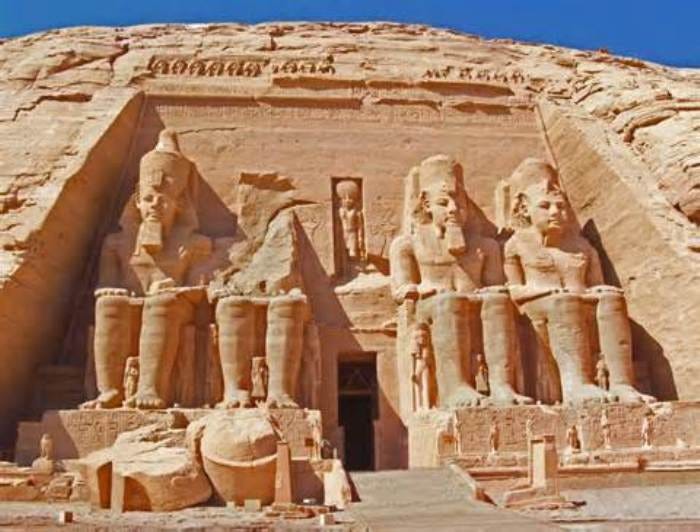
Frequently Asked Questions about the Valley of the Kings in Luxor, Egypt
- What is the Valley of the Kings?
- The Valley of the Kings is a renowned archaeological site in Luxor, Egypt, serving as the burial place for pharaohs and noblemen of the New Kingdom period. It features intricately decorated tombs that reveal the artistry and religious beliefs of ancient Egypt.
- Where is the Valley of the Kings located?
- It is situated on the west bank of the Nile River in Luxor, Egypt, opposite the city of Thebes, and is part of the Theban Necropolis.
- What are the most famous tombs in the Valley of the Kings?
- The most famous tombs include that of Tutankhamun, Ramses II, and Seti I. Tutankhamun’s tomb is particularly notable for its well-preserved treasures and hieroglyphic decorations.
- When was the Valley of the Kings discovered?
- The site was first used as a royal necropolis around the 16th century BCE, with major discoveries occurring in the 19th and 20th centuries, including the discovery of Tutankhamun’s tomb in 1922.
- What architectural styles are found in the tombs?
- The tombs evolved from simple rock-cut chambers to elaborate multi-chamber complexes with intricate hieroglyphic wall paintings, false doors, and symbolic decorations reflecting religious beliefs.
- What kind of artwork is found inside the tombs?
- Walls are decorated with vibrant paintings depicting gods, scenes from the deceased’s journey to the afterlife, and protective symbols, illustrating religious concepts and artistic mastery.
- How do the tombs differ across dynasties?
- Early tombs tend to be simpler with minimal decoration, while later ones are more elaborate, featuring vivid murals and complex architectural features, reflecting changes in religious practices and artistic styles.
- What is the significance of symbols and inscriptions in the tombs?
- They contain spells, prayers, and magical texts meant to protect the deceased and facilitate their journey to the afterlife, revealing insights into ancient Egyptian spirituality.
- Are there hidden chambers in the Valley of the Kings?
- Yes, ongoing excavations have uncovered sealed chambers and undiscovered tombs, providing new information about Egypt’s burial customs and expanding our understanding of this necropolis.
- What is the role of the Valley of the Kings in Egyptian religion?
- It was a sacred site where rituals and offerings were performed to ensure the pharaoh’s safe passage to the afterlife, emphasizing its spiritual importance in ancient Egyptian culture.
- How can visitors prepare for a trip to the Valley of the Kings?
- Visitors should plan for cooler months, wear comfortable shoes, carry water and sun protection, and consider guided tours for a richer understanding of the site’s history and significance.
- What preservation efforts are in place for the tombs?
- Conservation projects use advanced techniques like climate control, laser cleaning, and digital documentation to protect these priceless monuments from environmental damage and vandalism.
- Why is the Valley of the Kings considered a UNESCO World Heritage site?
- Because of its outstanding universal value as a site that offers insight into ancient Egyptian civilization, art, architecture, and religious practices, preserved over millennia.
- What are the practical tips for visiting the Valley of the Kings?
- Visit during cooler months, wear suitable clothing, follow safety instructions, respect the site, and consider guided tours to enhance your experience.
- How does the Valley of the Kings contribute to our understanding of ancient Egypt?
- It provides invaluable archaeological and artistic evidence about royal burial customs, religious beliefs, and the evolution of Egyptian architecture across different dynasties.
